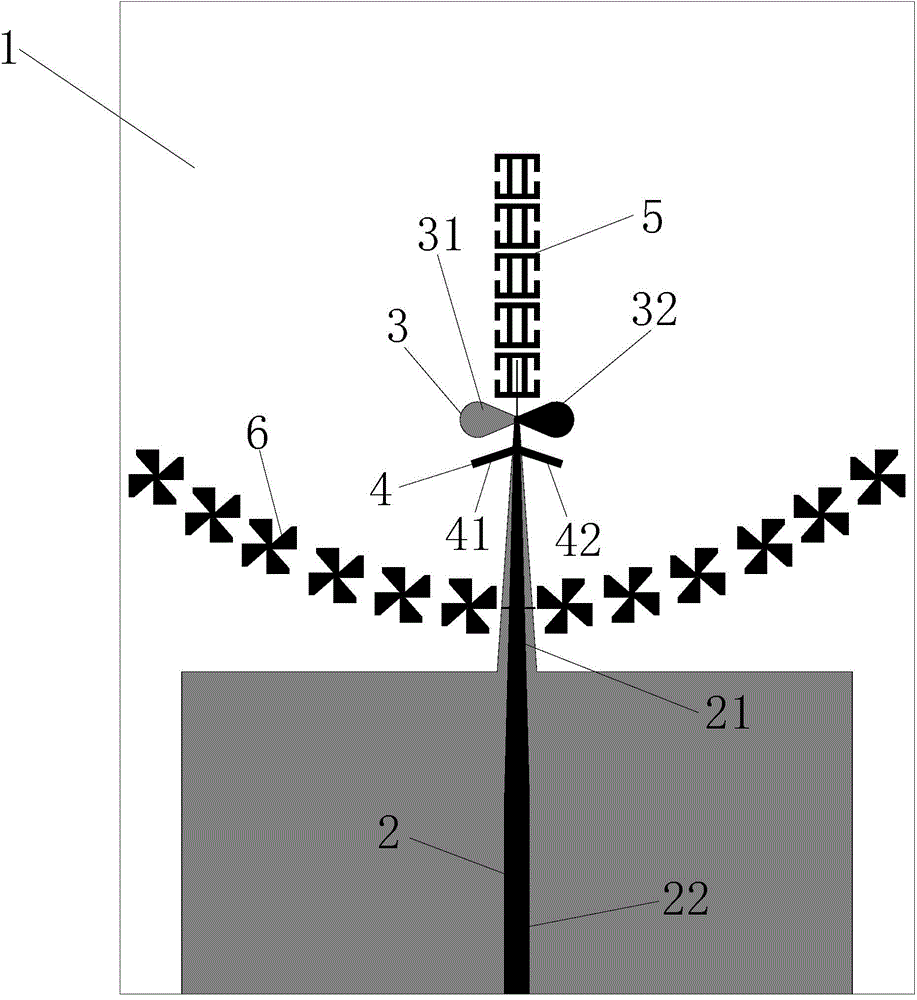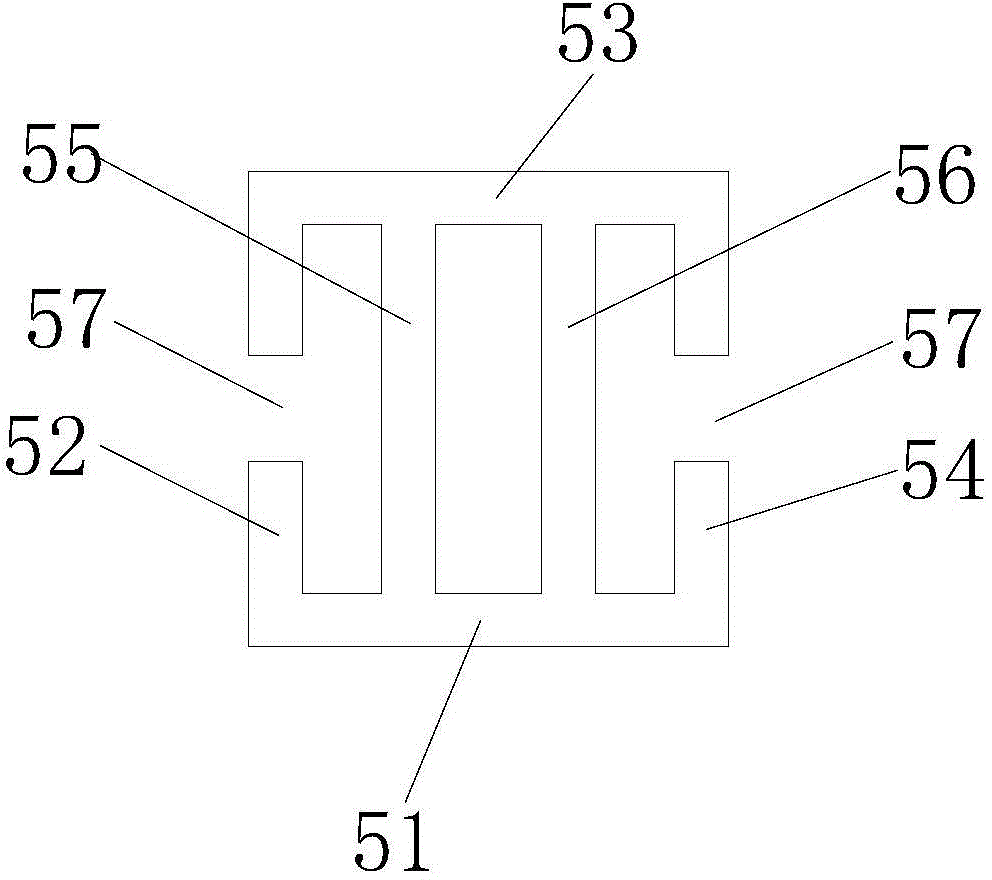High-gain end-fire millimeter wave antenna
A millimeter-wave antenna, high-gain technology, applied in slot antennas, radiating element structures, circuits, etc., can solve the problems of increasing the complexity of the feeding system, increasing uncertainty, and low gain, etc.
- Summary
- Abstract
- Description
- Claims
- Application Information
AI Technical Summary
Problems solved by technology
Method used
Image
Examples
Embodiment
[0034] In this embodiment, the dielectric substrate of the end-fired millimeter-wave antenna is Rogers RO4350, the dielectric constant is 3.66, and the dielectric thickness is 0.254mm. The antenna is fed by a 50Ω microstrip line. The size of the antenna is as follows: Figure 5 to Figure 8 as shown, Figure 5 is a schematic diagram of the geometry of the end-fired millimeter-wave antenna of the present invention; Image 6 It is a schematic diagram of the geometric dimensions of the radiation unit of the end-fired millimeter-wave antenna of the present invention; Figure 7 It is a schematic diagram of the geometric dimensions of the "II" resonant unit of the end-fired millimeter-wave antenna of the present invention; Figure 8 It is a schematic diagram of the geometric dimensions of the reflection unit of the end-fired millimeter-wave antenna of the present invention; the length of the 50-ohm microstrip line E=4mm, W3=0.5mm, D=6.5mm, W2=0.8mm, W7=0.1mm, and the overall dimensi...
PUM
 Login to View More
Login to View More Abstract
Description
Claims
Application Information
 Login to View More
Login to View More - R&D
- Intellectual Property
- Life Sciences
- Materials
- Tech Scout
- Unparalleled Data Quality
- Higher Quality Content
- 60% Fewer Hallucinations
Browse by: Latest US Patents, China's latest patents, Technical Efficacy Thesaurus, Application Domain, Technology Topic, Popular Technical Reports.
© 2025 PatSnap. All rights reserved.Legal|Privacy policy|Modern Slavery Act Transparency Statement|Sitemap|About US| Contact US: help@patsnap.com



